I can’t imagine what it would be like to live in a country whose language, history, and even independence are unrecognized by its neighbors. Though we’ve got a lot of issues ourselves in the United States, at least we’re recognized. We learned during our tour around Skopje that North Macedonia does not share the same luxury. Its main opponent is Greece, which, among other things, forced them to change the name of their country, the name of a statue in the main square, the name of the main square itself, and the name of their airport. I imagine it would be hard to form a national identity through this sort of domineering.
However, North Macedonia is determined to put itself on the “WORLD. TRAVEL. MAP!” (our tour guide, Dan, said this very emphatically every time). The former prime minister was a major influence in the realization of this goal, and he had a vision to build Skopje up to be one of the most beautiful cities in the world — this was called Project Skopje 2014. Work on this plan was paused when he fled the country in 2019, but he’s running for reelection next year and, if he wins, he will return and resume Project Skopje 2014. Maybe I’m not reading this right, but I find it a little odd that someone would be prime minister, flee the country, then have the gall to run for reelection. I’m excited to see what happens with him.
below: more pictures from the Christian/new town… “Skopje 2014” was a project to build colleges, museums, government buildings, and statues to give the city a more classical appeal and to remind itself of its proud past after an earthquake, in 1963, destroyed much of the city (and the buildings that were immediately built to replace those were viewed as too plain and modern). This project has been controversial because of the amount of money spent and some general liberties in borrowing culture from the Greeks.



below: Porta Macedonia, a memorial arch built in 2012 and dedicated to 20 years of Macedonian independence (built out of marble and also criticized for its high cost)

below: Stone Bridge, connecting the Christian side of the town with the Muslim side… Most recently built in the 13th century by the Ottomans and saved from Nazi destruction in 1944 when Skopje was liberated
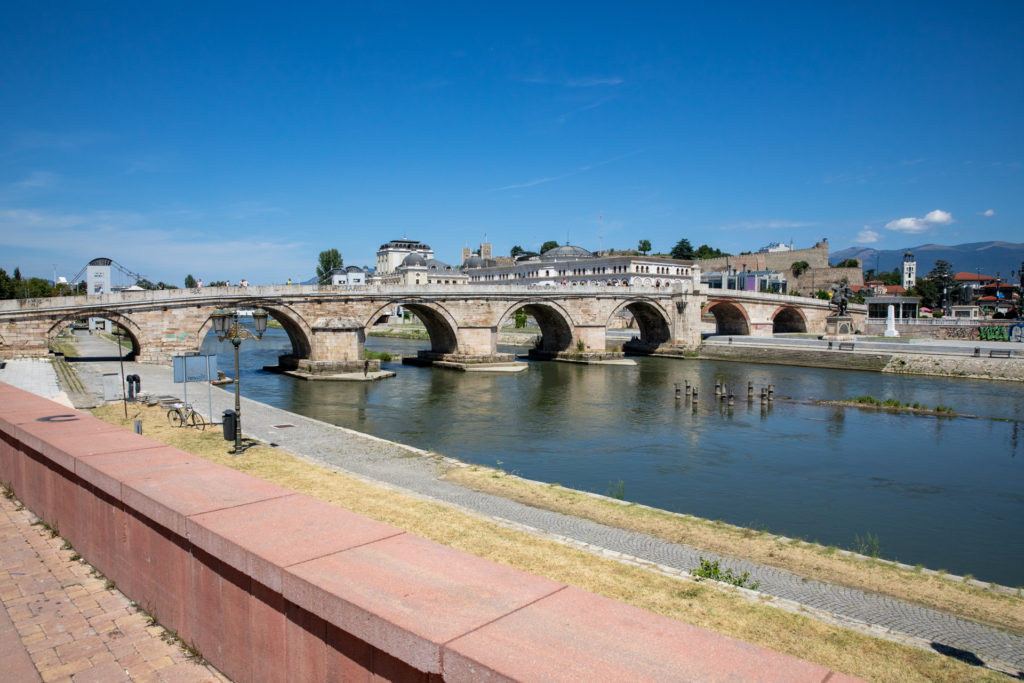
below: crossing one of Skopje’s bridges to get to the Muslim side
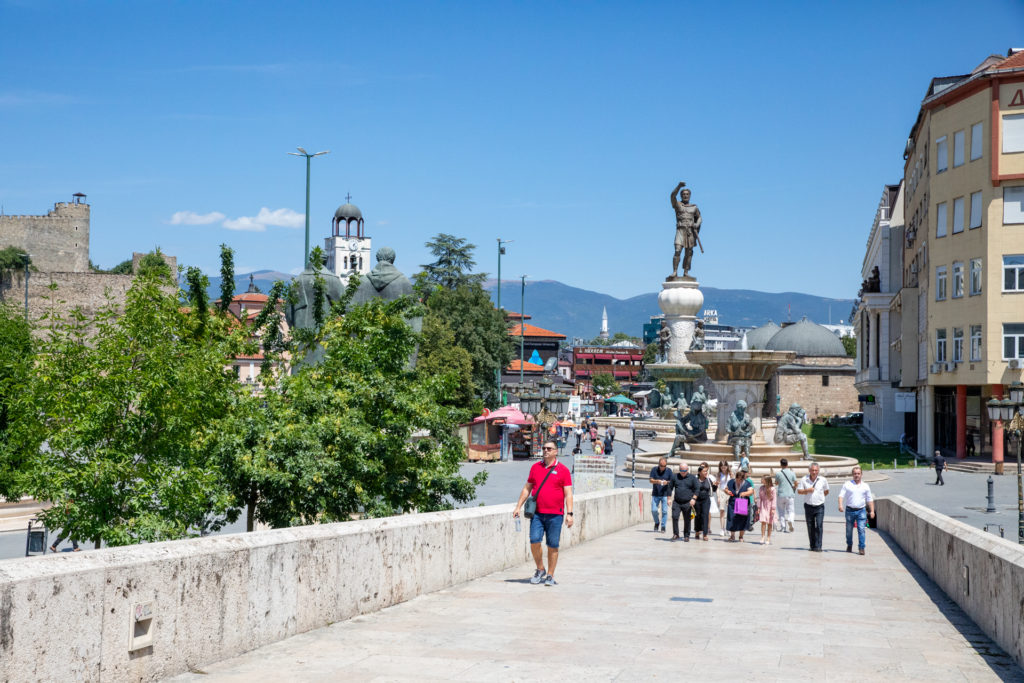
below: more pictures from the Muslim/old town






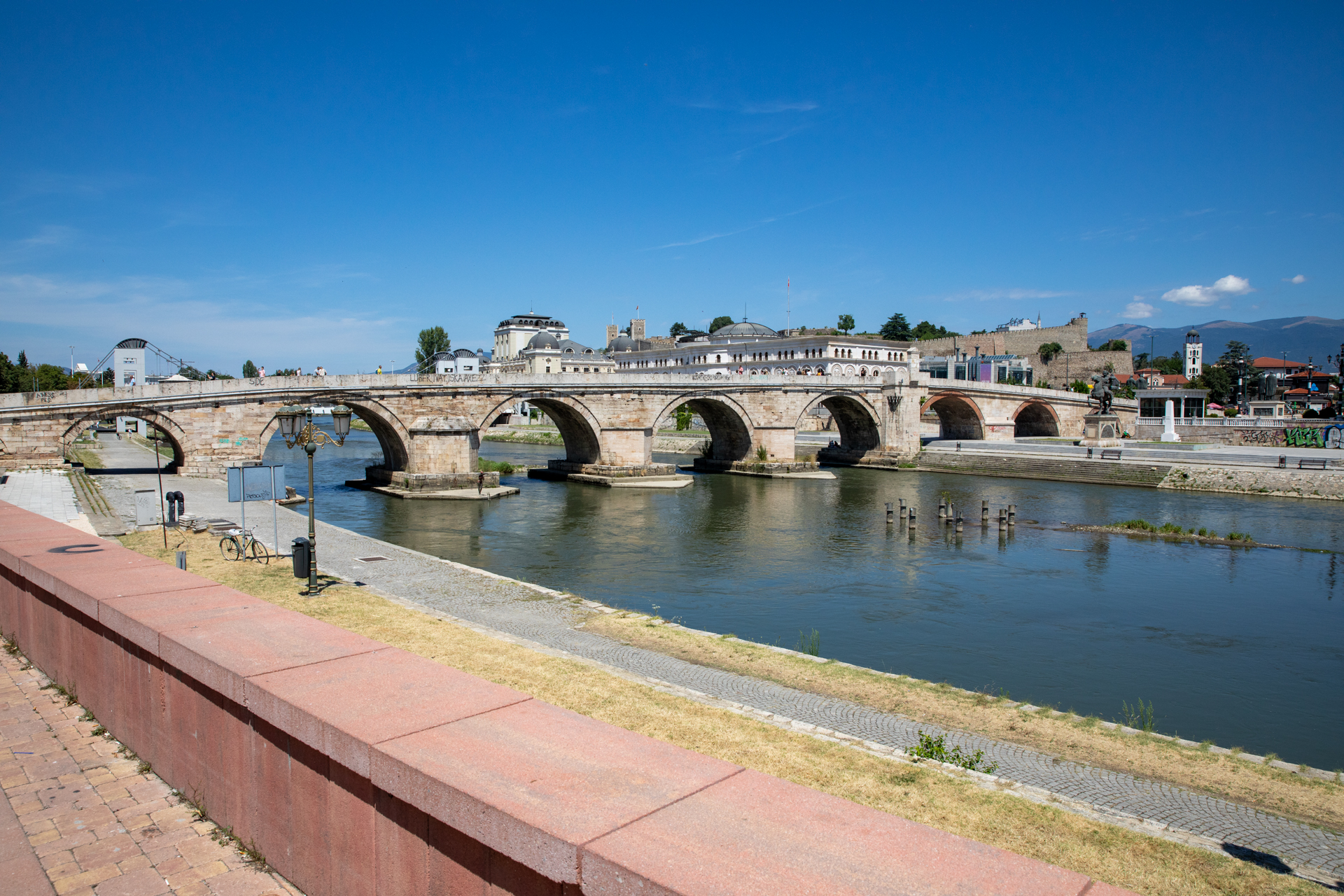
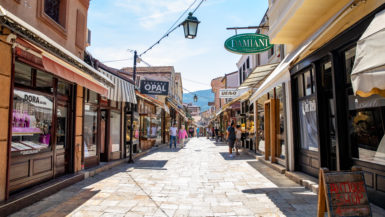
Leave a reply